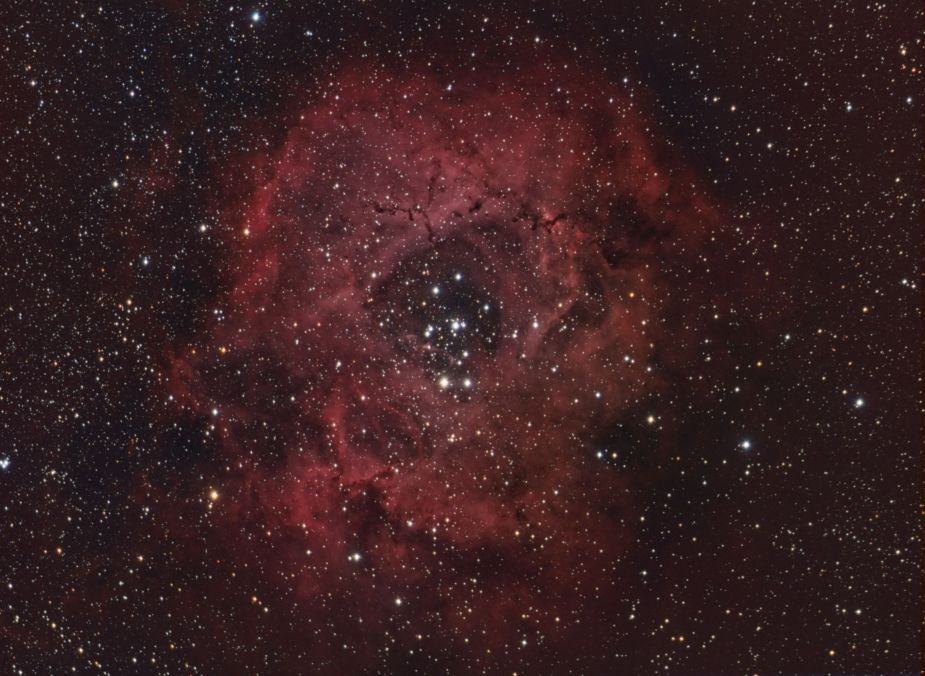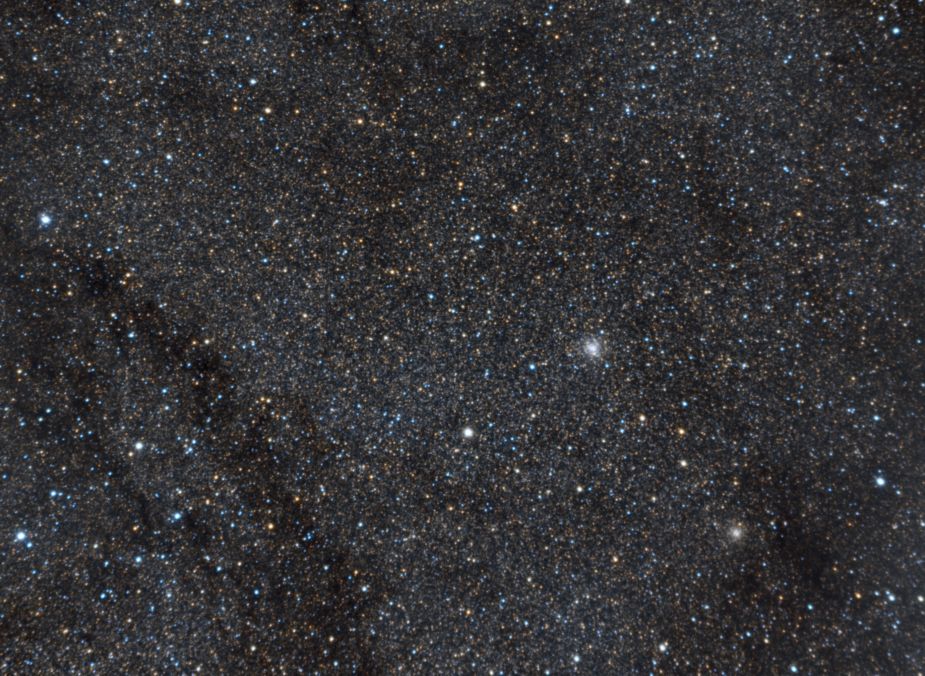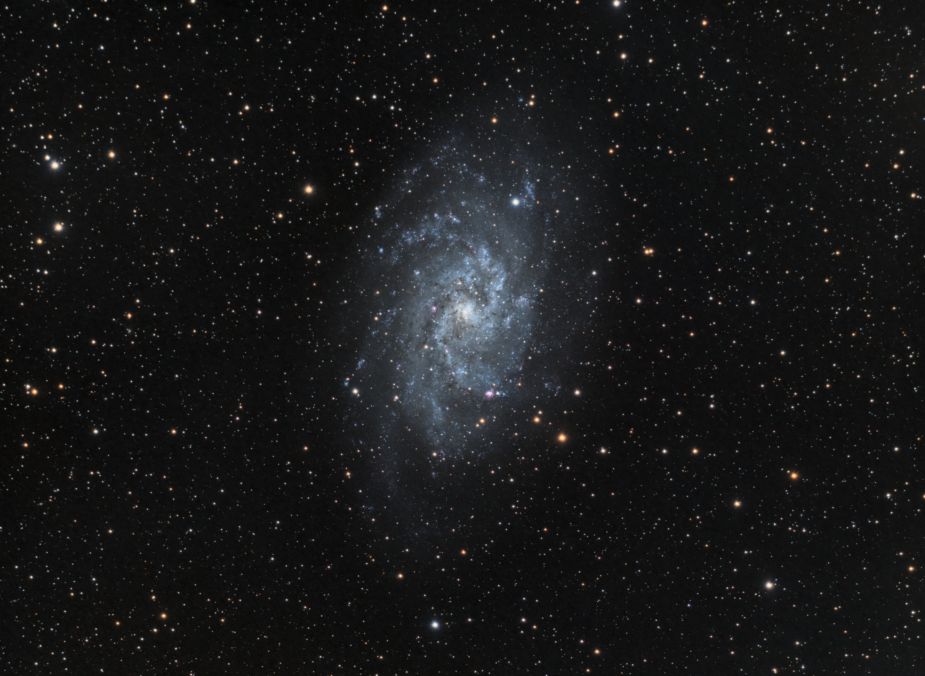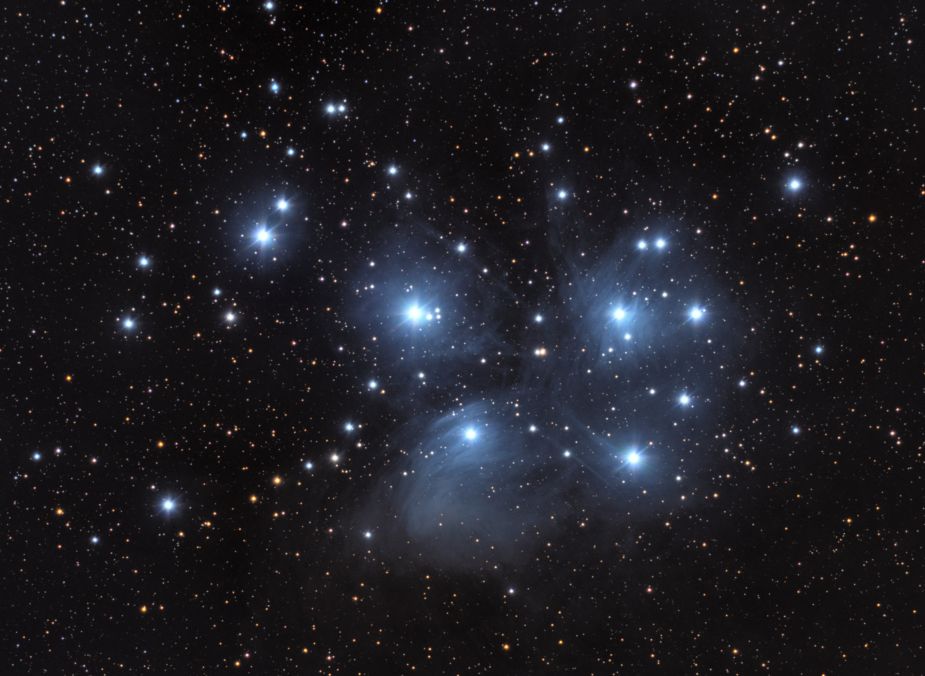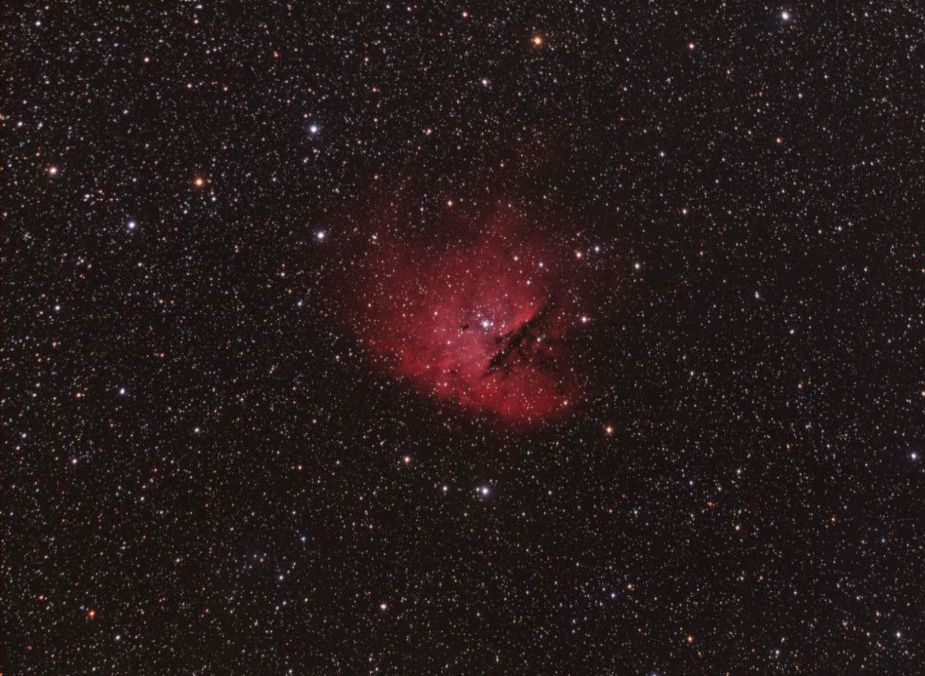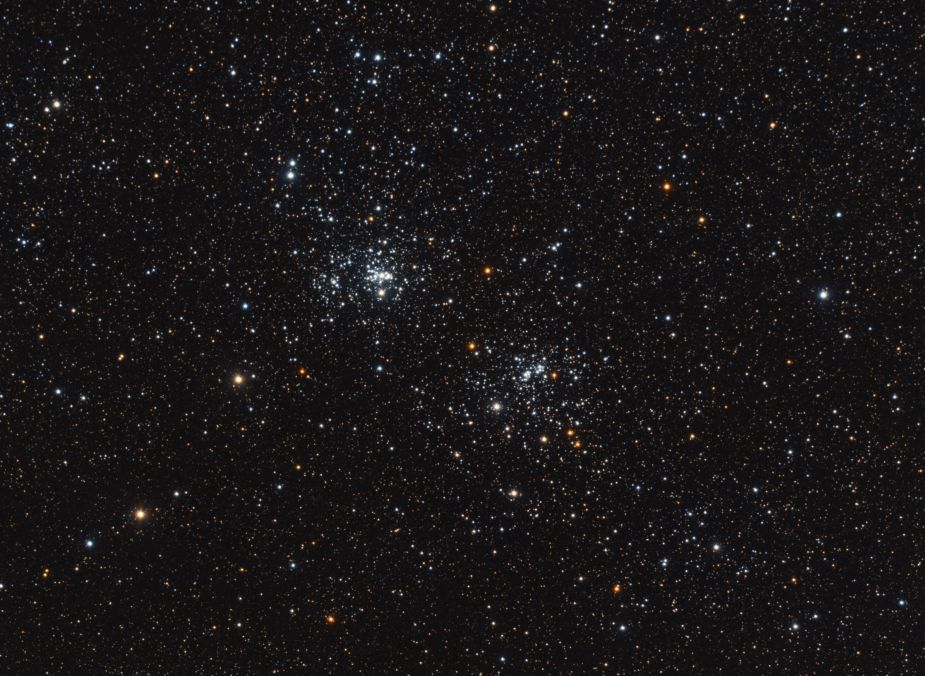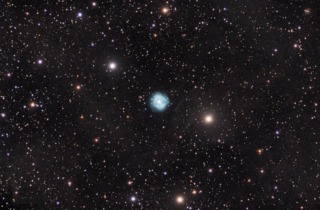
NGC 1514 Crystal Ball Nebula (2022)
- Constellation: Taurus
- Right Ascension: 04h 09m 16.98573s
- Declination: +30° 46′ 33.4699″
- Distance: 1520 ly
NGC 1514 aka Crystal Ball Nebula is a planetary nebula located in the constellation of Taurus. It was formed from a binary star system when one of the stars ejected gas and dust from its outer shell, in its late red giant phase.
- Details
- Category: Nebulas
- Telescope: Explore Scientific 127 Refractor
- Camera: ZWO 2600 MM
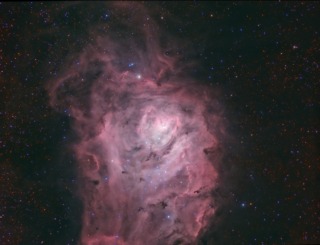
Messier 8 - Lagoon Nebula (2022)
- Constellation: Sagittarius
- Right Ascension: 18h 03m 37s
- Declination: −24° 23′ 12″
- Distance: 4,100 ly
Messier 8 is a large emission nebula located in Sagittarius. Intense ultraviolet radiation emitted from hot young stars in the nebula cause the atomic hydrogen to glow a pinkish red. A star forming region, the nebula contains the open cluster NGC 6530 along with several Bok globules, which are dark collapsing areas of the nebula, along with 4 Herbig-Haro objects which are patches of nebulosity associated with newly born stars. The entire nebula spans a radius of 55 ly x 20 ly. It is one of only two nebula in the northern hemisphere barely visible as a patch of nebulosity. The other being the Orion Nebula.
- Details
- Category: Nebulas
- Telescope: Explore Scientific 127 Refractor
- Camera: ZWO 2600 MM
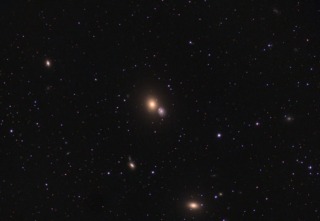
NGC 4647 and Messier 60, Dance of Galaxies.
- Constellation: Virgo
- Right Ascension: 12h 43m 32.3s
- Declination: 11° 34′ 55″
- Distance: 56 million ly - 63 million ly
NGC 4647 is an intermediate spiral galaxy, and Messier 60 is elliptical galaxy that are just beginning to interact with each other. The pair of interacting galaxies are cataloged as Arp 116, which is a catalog of interacting galaxies. The pair are a part of the Virgo galaxy cluster.
Annotated image follows.
- Details
- Category: Galaxies
- Telescope: Explore Scientific 127 Refractor
- Camera: ZWO 2600 MM
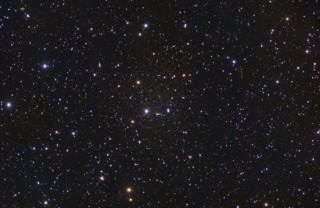
Draco Dwarf Galaxy
- Constellation: Draco
- Right Ascension: 17h 20m 12.4
- Declination: +57° 54′ 55″
- Distance: 260,000 ly
A bit difficult to see, it was only noticed in 1954 from Palomar sky survey photographic plates. It is a satellite galaxy of our Milky Way galaxy.
Consisting of mostly old population stars its virtually dust free thus not creating very many new stars.
Annotated image follows.
- Details
- Category: Galaxies
- Telescope: Explore Scientific 127 Refractor
- Camera: ZWO 2600 MM
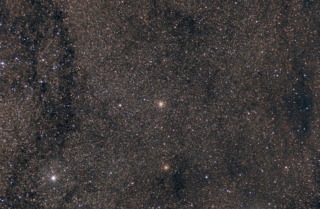
Baade's Window (2022)
- Constellation: Sagittarius
- Right Ascension: 18h 03m 32.14s
- Declination: -30d 02m 06.96s
Baade's Window is the largest of 6 relative dust free zones allowing astronomers to study stars in the central bulge of the Milky Way Galaxy. Nothing illustrates the billions of stars in our galaxy like a view of the view of the galactic center, even if only a tiny slice.
Also visible are two globular clusters, NGC 6522 at the center and NGC 6528 below. NGC 6522 is centered in the view of Baade's Window, and at an estimated age of 12 billion years makes it one of the oldest around our galaxy and lies at a distance of 25,100 light years. NGC 6528 is 25,800 light years distant and is unusually meta rich for a globular
The bright star in the lower left is W Sgr, which is a multiple star system, and the primary star is a classical Cepheid variable star that it's magnitude varies over 7 1/2 days.
- Details
- Category: Stars
- Telescope: Explore Scientific 127 Refractor
- Camera: ZWO 2600 MM
Page 4 of 4
